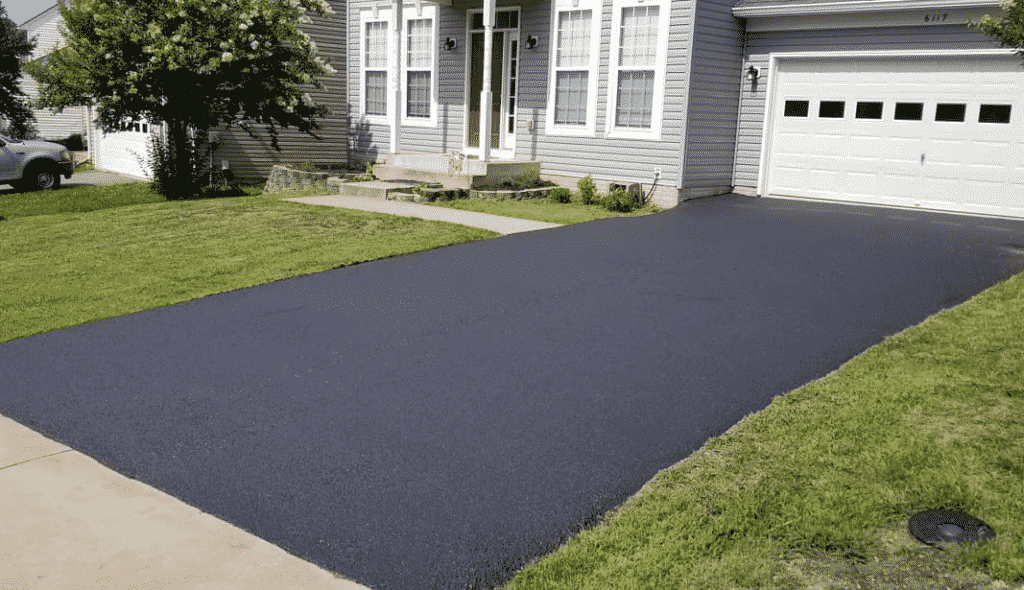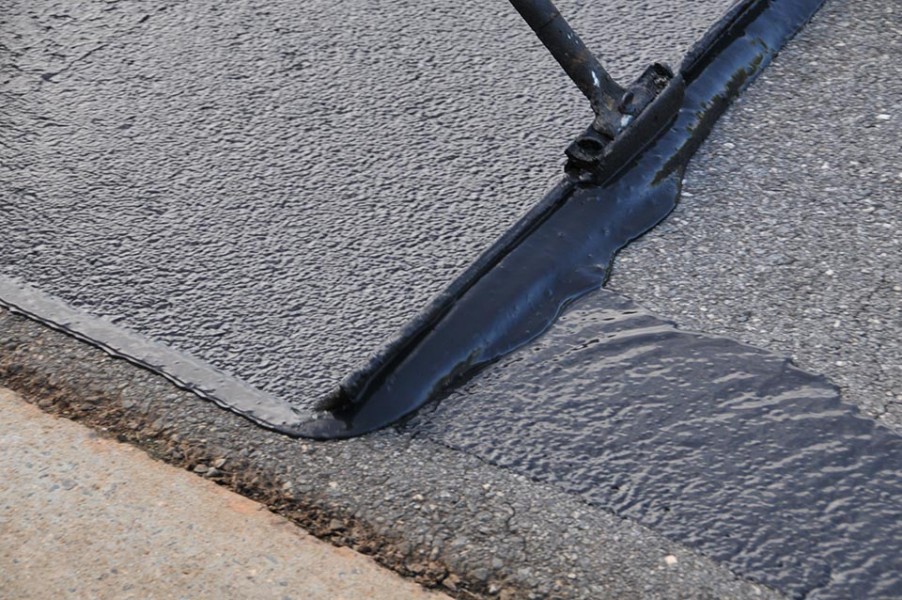Hot Mix Asphalt: A Lasting Service for Pavement
Hot Mix Asphalt (HMA) has actually emerged as a leading sustainable option for sidewalk options, using a myriad of ingenious innovations and ecological advantages. Its capacity to reuse products and minimize energy consumption presents a compelling situation for its adoption in roadway construction projects. Additionally, the lasting efficiency and durability of HMA make it a preferred alternative for infrastructure development. As the need for green building and construction practices grows, discovering the subtleties of HMA's sustainability can supply important insights into the future of sidewalk services.
Environmental Advantages of Hot Mix Asphalt

In Addition, Warm Mix Asphalt aids to reduce city warm island impacts. Its dark shade takes in sunshine, lowering the quantity of warm mirrored back into the ambience compared to lighter-colored sidewalks. This can lower ambient temperature levels in urban locations, reducing the need for air conditioning and eventually reducing power intake.
In enhancement, Warm Mix Asphalt contributes to enhanced stormwater monitoring. Its porous nature allows water to infiltrate the sidewalk and recharge groundwater supplies, decreasing overflow and the danger of flooding. These ecological advantages make Warm Mix Asphalt a lasting choice for paving highways and roads.
Energy Effectiveness in HMA Production
Is power performance an essential consider the manufacturing of Warm Mix Asphalt (HMA)? Absolutely. Energy plays a substantial duty in the manufacturing of HMA, influencing both price and ecological sustainability. One essential element of energy efficiency in HMA production is the use of warm mix asphalt (WMA) innovations (commercial parking lot paving). WMA permits for the blending and positioning of asphalt at lower temperature levels contrasted to traditional warm mix asphalt, causing minimized power consumption during manufacturing. This procedure not only reduces fuel use yet additionally decreases greenhouse gas exhausts, making it a more environmentally friendly alternative.
Moreover, developments in plant technologies have resulted in even more energy-efficient HMA production processes. Modern plants are made with features like recycled asphalt sidewalk (RAP) processing capacities, efficient heater systems, and boosted insulation, all adding to energy financial savings. By enhancing power usage in HMA production, the sector can reduce its carbon impact while maintaining high-grade sidewalk materials. Power efficiency is, as a useful content result, a vital factor to consider in making certain the sustainability of Hot Mix Asphalt manufacturing.
Recyclability of Warm Mix Asphalt
The recyclability of Hot Mix Asphalt (HMA) is a crucial aspect of its sustainability and long-lasting environmental effect. HMA is just one of one of the most recycled materials in the United States, with over 100 million lots of reclaimed asphalt sidewalk (RAP) being recycled each year in new pavement building. Reusing HMA offers several environmental advantages, such as lowering the demand for virgin materials, lowering energy usage throughout production, and reducing the quantity of waste sent out to land fills.
The process of reusing HMA entails grating the existing pavement, squashing it right into smaller pieces, and blending it with brand-new accumulation and asphalt binder to develop a recycled mix. On the whole, the recyclability of HMA plays a substantial function in promoting lasting techniques within the sidewalk industry.

Long-Term Performance of HMA
Asphalt pavements demonstrate resilience and strength over a prolonged duration, reflecting the lasting efficiency of Warm Mix Asphalt (HMA) Additionally, innovations in HMA innovation, such as the usage of polymer-modified binders and warm mix asphalt, have actually even more enhanced the toughness and longevity of HMA pavements. By focusing on quality construction and upkeep practices, HMA proceeds to confirm itself as a economical and sustainable option for long-lasting pavement framework.

HMA: Durability and Sustainability
Showing both sturdiness and sustainability, Warm Mix Asphalt (HMA) has ended up being a cornerstone in the building of long-lasting sidewalk infrastructures - commercial parking lot paving. HMA's durability comes from its ability to endure hefty loads, extreme climate condition, and high traffic quantities, making it a dependable selection for streets, freeways, and airport runways. The structure of HMA, which generally consists of accumulations, binder, and filler, plays a vital role in improving read this its durability and resistance to deterioration
In addition, HMA's sustainability lies in its recyclability and energy-efficient production procedure. The capacity to recycle recovered asphalt sidewalk (RAP) in new HMA combinations decreases the need for virgin products and reduces the environmental influence of sidewalk building and maintenance. In addition, the energy performance of producing HMA hinges on its lower blending temperature levels contrasted to various other sidewalk products, causing lowered power consumption and greenhouse gas emissions.
Final Thought
To conclude, hot mix asphalt (HMA) provides a sustainable option for sidewalk with more tips here its ecologically pleasant attributes. HMA's recyclability, power performance in manufacturing, and lasting durability make it an environmentally friendly option for road building and construction. By preserving natural deposits, minimizing waste, and lowering greenhouse gas exhausts, HMA plays a crucial role in advertising sustainability in framework growth. Its capability to reduce metropolitan heat island results additionally emphasizes its significance in creating resilient and environmentally aware pavement systems.
HMA is one of the most recycled products in the United States, with over 100 million bunches of recovered asphalt pavement (RAP) being recycled yearly in brand-new sidewalk building and construction.The procedure of recycling HMA entails milling the existing sidewalk, crushing it right into smaller sized items, and mixing it with brand-new aggregate and asphalt binder to produce a recycled mix.Asphalt pavements show durability and resilience over an extensive duration, mirroring the long-term performance of Warm Mix Asphalt (HMA) In addition, developments in HMA modern technology, such as the use of polymer-modified binders and cozy mix asphalt, have additionally boosted the toughness and longevity of HMA pavements. The capacity to reuse recovered asphalt sidewalk (RAP) in new HMA mixtures minimizes the need for virgin materials and lessens the ecological effect of sidewalk construction and maintenance.